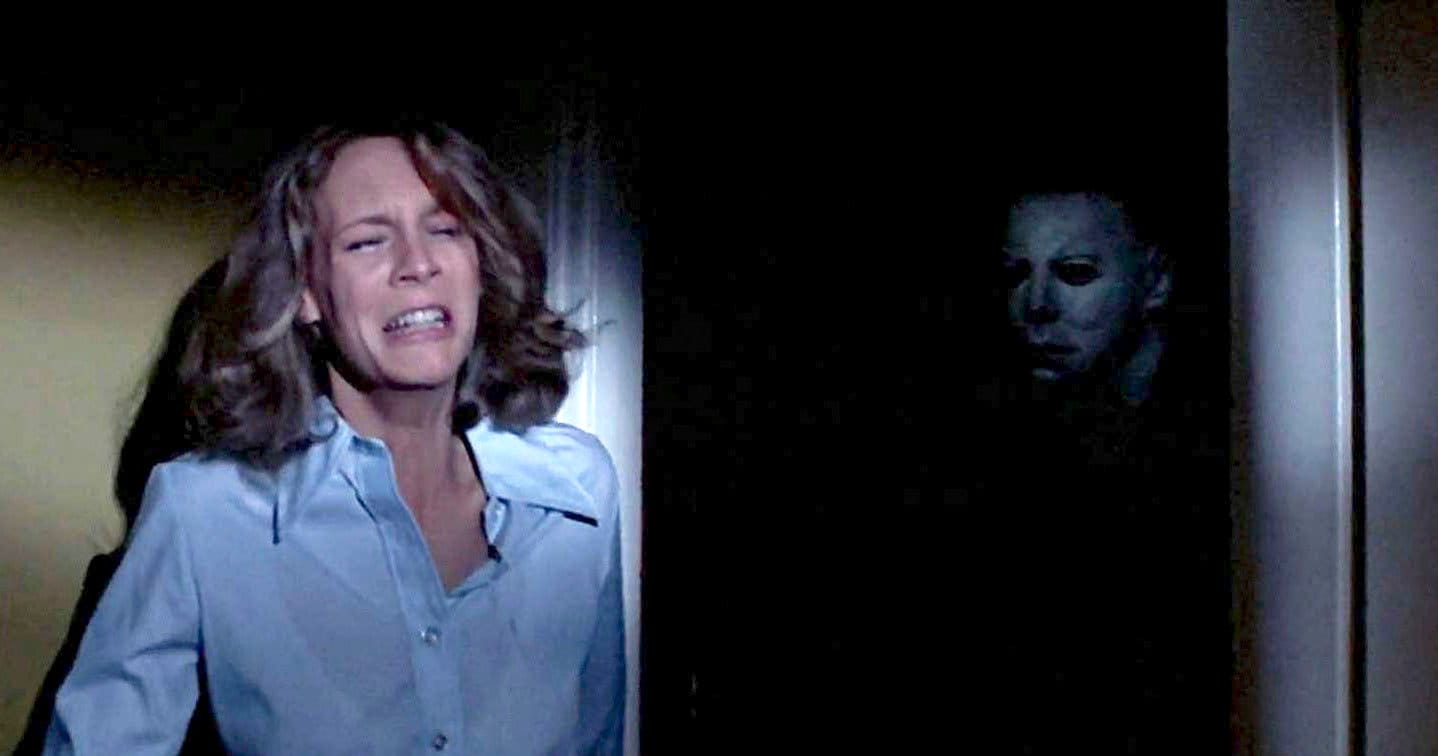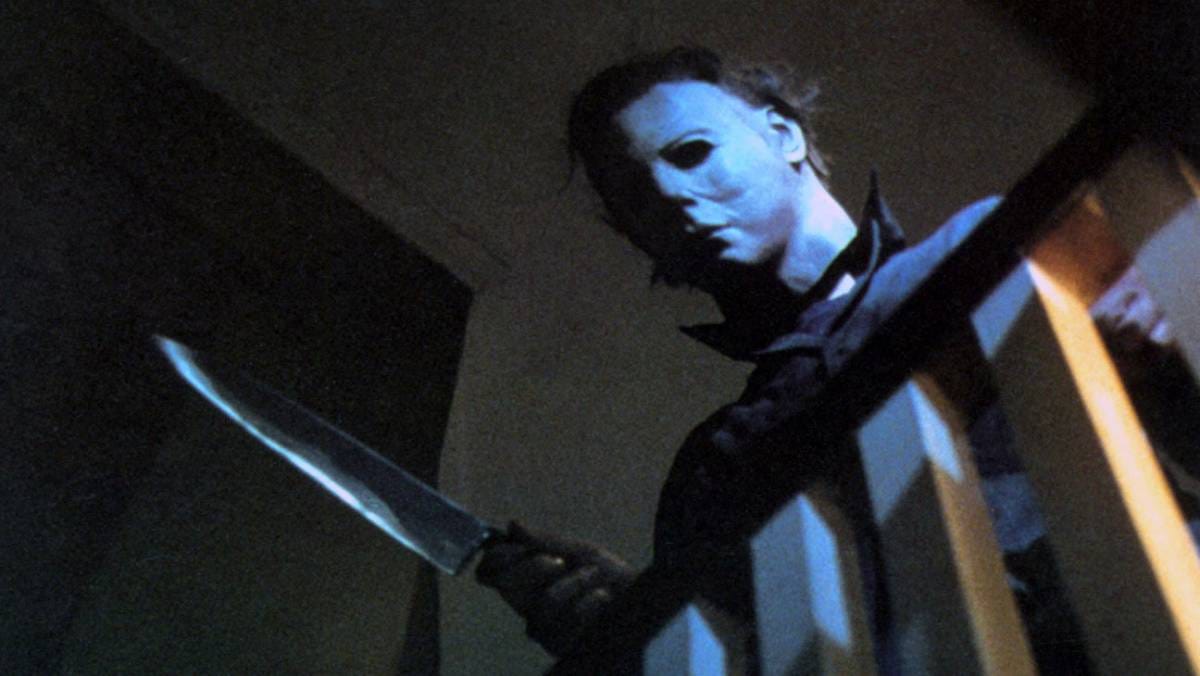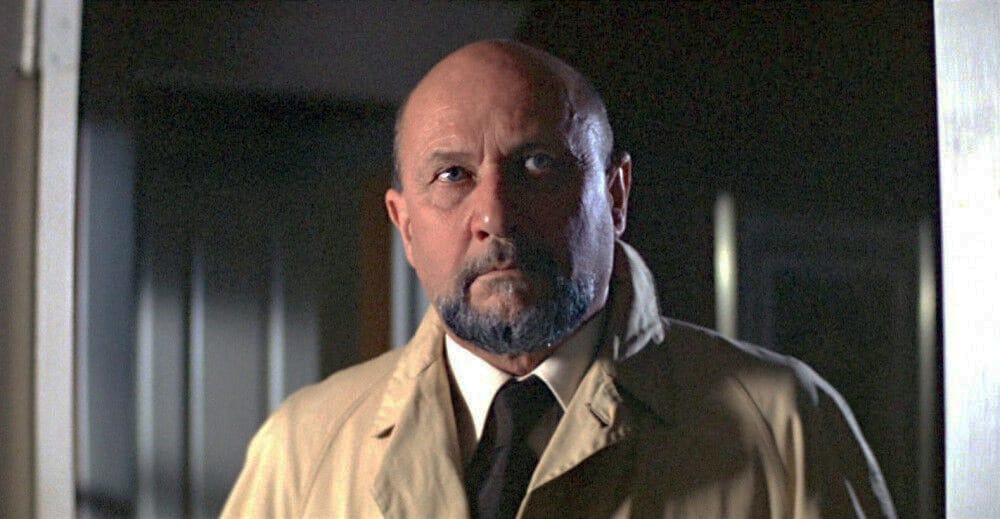Hollywood & Spine Archive: Halloweek, Part 1 - So Expensive, It's Scary
An overview of the novelization to HALLOWEEN (1978), originally published in October 2021.

Hollywood & Spine's coverage of the Halloween franchise is not only some of my favorite writing under this banner, but some of the most fun and useful cultural journalism I've done in the last few years. I should show this to more people. Heck, you should, too! There's going to be four more of these printing this week: reviews of the modern Halloween trilogy in novelization form, and then a fun revisit of this book when it got reprinted in a unique way last year. (originally published 10/14/2021)

Halloween by Curtis Richards (based on the screenplay by John Carpenter and Debra Hill) (Bantam, 1979)
The pitch: No one could explain why Michael Myers committed a brutal family murder 15 years ago, and no one is prepared for his chilling escape from the asylum - except, perhaps, his psychiatrist and a resourceful babysitter.
The author: Curtis Richards is the nom de plume of one Richard Curtis, now a respected literary agent with an incredible history in the business, as you'll read below.
The lowdown: It's time to make a confession: you won't be reading a deep analysis about Halloween, the novelization, here. That's because I haven't read it. You probably haven't read it either, I'm sure. Most people haven't read it, unless they're willing to pay literally hundreds of dollars for the privilege.
That's right - Halloween is perhaps the most extremely out-of-print, highly-sought-after book in modern novelization history. As of this writing, copies on Amazon are going between $325 and just over $800. I've seen it go into the quadruple digits before. (That number hasn't changed much from when this was first published. -MD) This past spring, a Kindle version unbelievably cropped up with little to no fanfare. Old novelizations tend not to get a second look in digital form, but certainly a film like John Carpenter's Halloween might be an exception. After all, it's spawned seven sequels, a 2007 remake and sequel from Rob Zombie, and a new, Carpenter-blessed reboot/sequel series that kicked off with 2018's Halloween and continued in 2021 with Halloween Kills.
But the book is bogus - while it might be the actual text, there's no listed publisher and no one is clearly seeing a dime from its digital existence. And that's particularly frustrating for Richard Curtis, a fledgling fiction writer when he took the assignment more than 40 years ago; today, he's a respected literary agent whose clients include many of today's top tie-in writers (including Greg Keyes, whom we interviewed for his Godzilla vs. Kong adaptation). He's also, as he humbly stated in an interview this past March, a "pioneer" in the e-book industry; he founded the publisher e-reads.com in 1999, nearly a decade before Amazon, which had only then recently begun to branch out past traditional book sales, introduced its Kindle. (In 2014, he sold the company to Open Road.)

"I'm not a big fan of outlaws or pirates," he said with a laugh, "but goddammit, it's about time that this book came out again, under licit or illicit auspices!" Ironically, he thought, his Halloween adaptation was perhaps being suppressed because it deviated too much from the source material - which is, of course, why it's so treasured by audiences today.
When Curtis received the assignment from Bantam, Halloween was already showing in theaters - well on its way to multiplying its $325,000 budget into the millions for indie studio Compass International (now known as Trancas International, still producers and rights holders for the film series). As a piece of well-respected genre entertainment, it seemed ripe for a pulpy paperback - an assignment Curtis found challenging once he had seen the film.
"A horror movie goes by extremely quickly," he explained, "so fast that the viewer really doesn't have a chance to absorb what has happened - and in fact, the movie's almost designed for you not to think, but to tremble and scream and hide your eyes, and get out of the theater saying, 'This is the scariest thing I've ever seen!'
"If you were to summarize Halloween, or just about any other horror movie," he continued with a chuckle, "you could really write a novelization of about 10 pages. And so the challenge for a novelist is to take what you see on the screen - 'a dark and stormy night' - and convert that into 2000 words of dark and stormy night."
The devil in the details: Curtis walked away from Halloween trembling less at Michael Myers' masked visage, and more at a story he found "very thin," with "holes you could drive a truck through." How could the killer, institutionalized since childhood, drive a car back into the town of Haddonfield? What was with all the heavy breathing? And were we really to believe that Dr. Sam Loomis (Donald Pleasance) unloading a .357 Magnum into Myers' chest would not kill him outright?

Curtis had to think - and in doing so, spun one of the strangest extended prologues in novelization history. (The others he explained simply: at Smith's Grove Sanitarium, a young Michael was tasked with driving a garbage truck around the grounds - and yes, his murders in the book had a decidedly pyschosexual bent, detailing the arousal he felt as The Shape.) But Myers' undying spirit is explained in a most intriguing way: describing a deformed, lovelorn Celtic teenager whose pursuit of a princess is scorned so badly that he violently murders her during the festival of Samhain before his fellow Druids rend him limb from limb in retaliation.
"I said, 'maybe there is some supernatural understory that has to be emphasized' - not only because it will make sense for the reader, but I need 50, 60-fucking-thousand words to fill out my contract," Curtis said. "That was all strictly invented just so that I could explain how Michael ends up being shot and living perfectly well."

Of course, hardcore Halloween fans may notice the unintentional similarities between that story and a key plot point in latter-day sequels - namely the devilish, runic Cult of Thorn later claimed to be the source of Myers' unkillable evil. Curtis said he wasn't aware of the cosmic connection until he was interviewed by a fan several years ago. "I had to laugh," he said. "It's certainly amusing that this background that I invented to make sense of the book became part of the movie lore."
The last word: Curtis estimates he banged the book out in about a month ("approximately 2000-2500 words, 20-25 manuscript pages a day") and received a flat fee of $2500 for his work. Although his deal is closed, he has often wondered - given its reception among fans and the incredible demand for the book on the secondary market - why they haven't secured a physical or digital reprint. He says his correspondence with Trancas over the years never got anywhere; an employee of Bantam's parent company, Penguin Random House, confirmed to Hollywood & Spine that the existing contract forbade reprints without Trancas' authorization. (Penguin Random House is the distributor of frequent novelization publisher Titan, who issued John Passarella's bloody prose version of the 2018 sequel and will release Tim Waggoner's Halloween Kills adaptation later this month.)
Curtis' experience with Halloween informed his approach to tie-in works today, which are usually far less likely to deviate from the source material except in the most controlled manners. "Looking back at Halloween, it's always amazed me that I got away with the book," he reflected. "If I did this today, given the way things now operate with tie-ins, I'd be fired! Most novelizers work for two employers: the publisher and the studio. Very often, those two interests are completely averse to each other."
The agent noted with pride that he negotiates for "kill fees," assuring a tie-in writer will get paid even if the controlling interests can't agree on the book; he's also avoided #DisneyMustPay situations by ensuring his clients see appropriate royalty statements, as was the case when rights to Halo tie-in books bounced between Simon & Schuster and Tor Books.)
While we someday hold out hope that, like Myers himself, the original Halloween novelization will rise again, Curtis is proud of his work. "I would have a lot to be bitter about if I ever stopped to think about it long," he said, "but I'm very proud that I have contributed to the mythos, and that the mythmakers have used the myth that I created. There's a certain amount of pride in knowing this."

